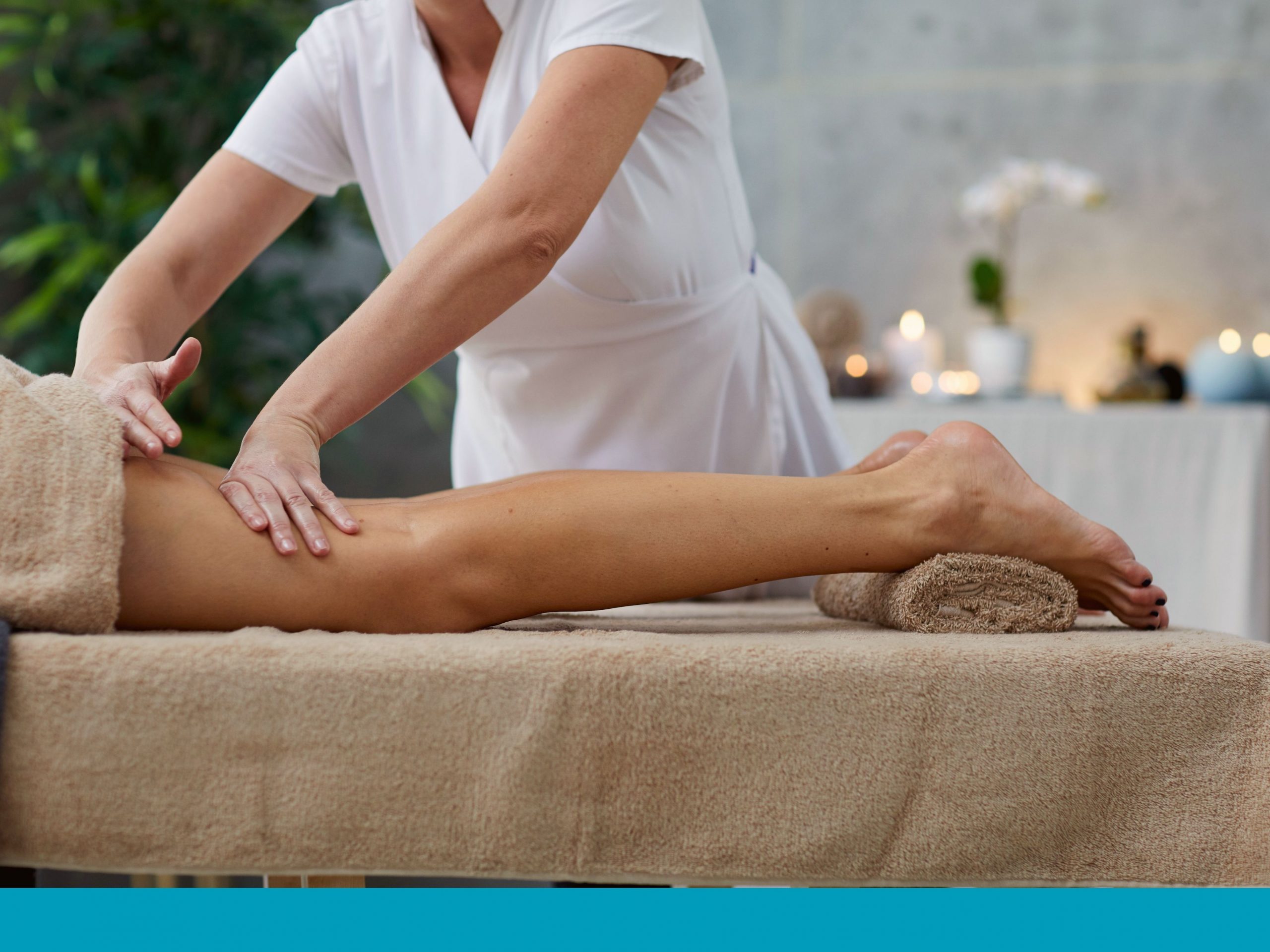How to get rid of cellulite
How to Get rid of cellulite becomes a matter of increasing concern at this time of year. The days are getting longer, the sun is shining (occasionally), and the winter clothes are now confidently stored away. The downside of the summer wardrobe is the increased exposure to bare skin.
As unfair as it may seem, the curse of cellulite is almost exclusively a female phenomenon. As you will discover, it has a lot to do with how fat is distributed in the body, but more importantly the nature of connective tissue.
How to get rid of cellulite- first you’ve got to understand it
Cellulite and that annoying orange peel effect is not just something that affects older or larger women. It can affect younger skinny women too (even those in their teens). In fact, it affects the vast majority of women at some point, estimates say about 90% will notice cellulite somewhere on their body.
It can’t just be shrugged off as genetic, however. Research has shown that it is far more prominent in western industrialised countries, so there seem to be lifestyle attributes at play here.
One of the single biggest influencing factors is hormonal changes. This is especially so as women move toward the menopause. It’s a time, typically between the ages of 25 to 35 when estrogen levels slowly decrease.
A drop in the levels of estrogen can affect circulation and the health of the blood vessels. A decrease in the delivery of oxygen and nutrients (carried by the blood) has a detrimental effect on the collagen.
The structure of collagen is different in men and women, and that is partly why cellulite is more visible on women.
The icing on the cake?! (if you’ll excuse the pun) is that the difference in structure is largely responsible for the unsightly look of cellulite.
How to get rid of cellulite-What to do
Many people promise the elixir for the problem, but few of them deliver. I think it important to have perspective.
It may not be possible to eradicate cellulite completely, but it is possible to manage it and improve physical appearance.
The fundamental keys are unsurprising to eat well and to exercise.
Although fat is not the whole problem where cellulite is concerned, reducing bad fats and introducing more good fats into the diet will certainly be beneficial. Another thing to consider as far as diet is concerned is to start to introduce more beetroot into your diet.
Beetroot juice has been proven by science to help with circulation. This will help to supply oxygen and nutrients to the collagen.
As we have mentioned, the problem is more widespread in western nations.
This discrepancy has to do with the differences in activity levels. It also relates to how other cultures tend to eat a lot more organic produce than the industrialised west.
Therefore increased exercise, or at the very least increased movement, will help you. Not so much from the point of view of reducing fat, but more from the point of view of stimulating circulation – both of the cardiovascular system and of the lymphatic system.
As an additional boost to the lymphatic system, you may also want to try our lymphatic drainage. Whilst additional movement and exercise will help boost the lymphatic system, massage for lymphatic drainage will certainly accelerate the process (and the results) and has proved to be a very popular treatment.
A surprising fact
The clothes you wear can have an influence too. Clothes such as tight jeans, or even underwear that is too tight can restrict circulation. Especially around the middle of the body, and if it leaves marks when the items are removed, you could be restricting the flow of oxygen to the connective tissue and other cells.
So as a final tip – wear loose fitting clothing whenever appropriate and let your body breathe.
We hope this information is useful for you. If you have any questions about our treatments, please contact us. You can find us in Mill Hill Broadway and Islington. If you like this blog, please share!
We are always happy to help.




Yes! Finally someone writes about how to get rid of cellulite.